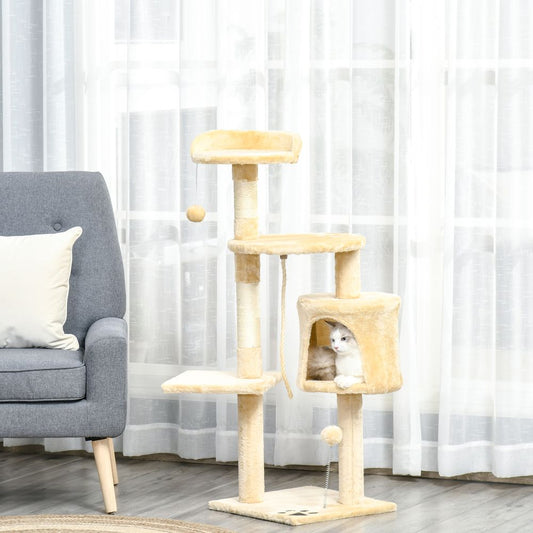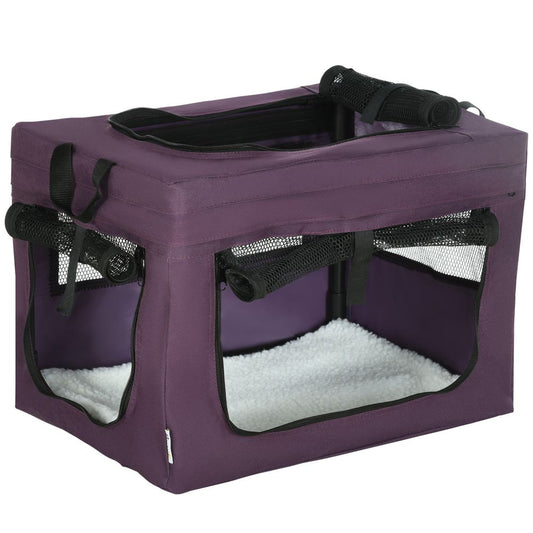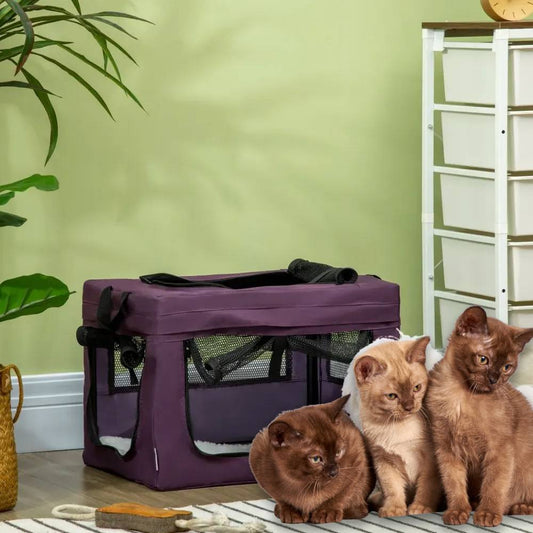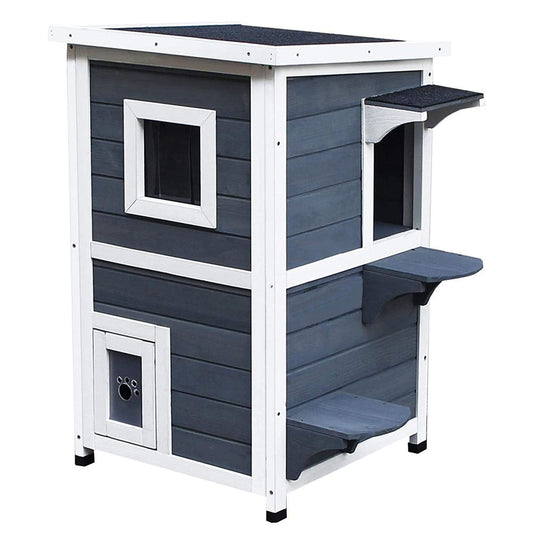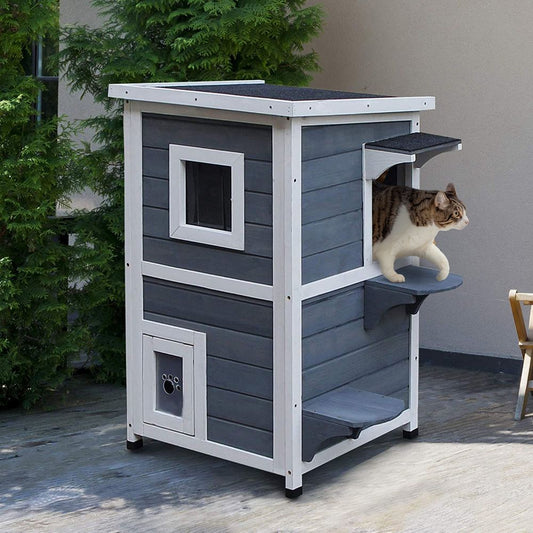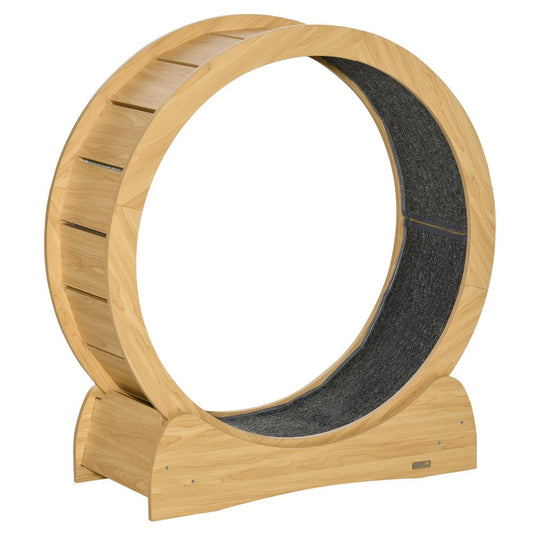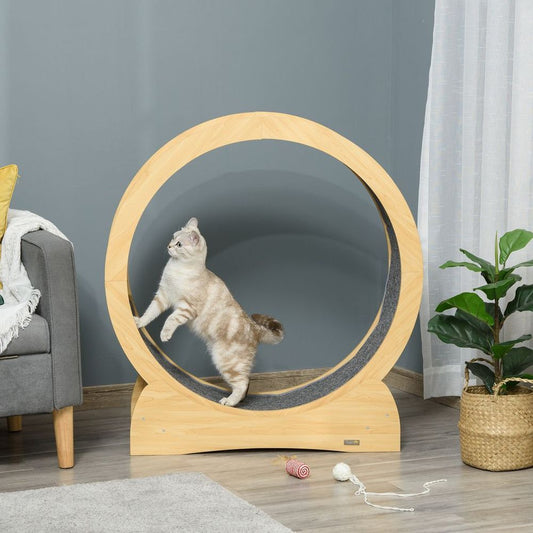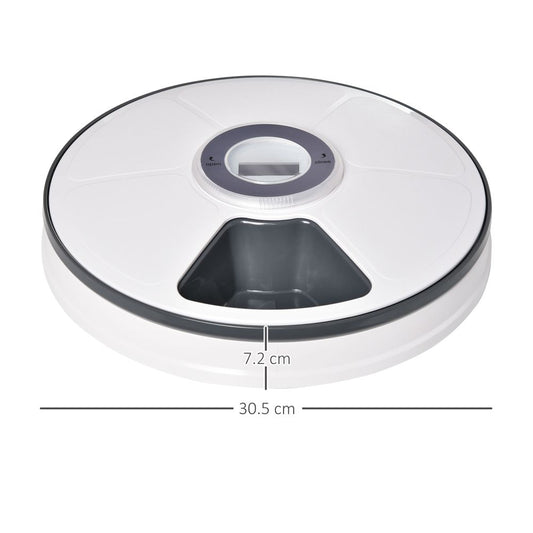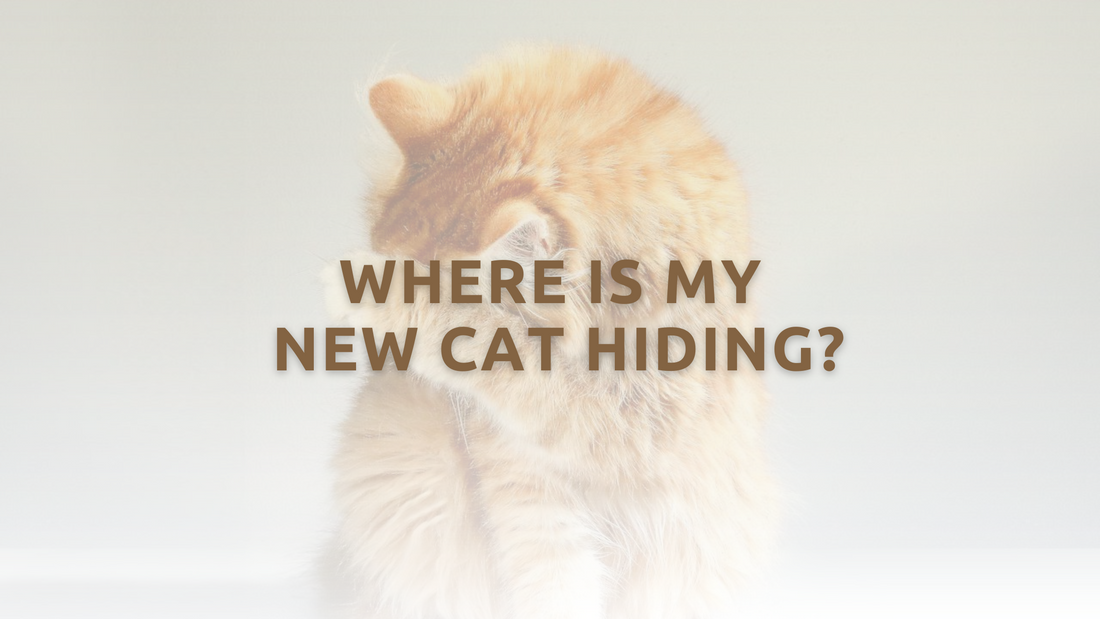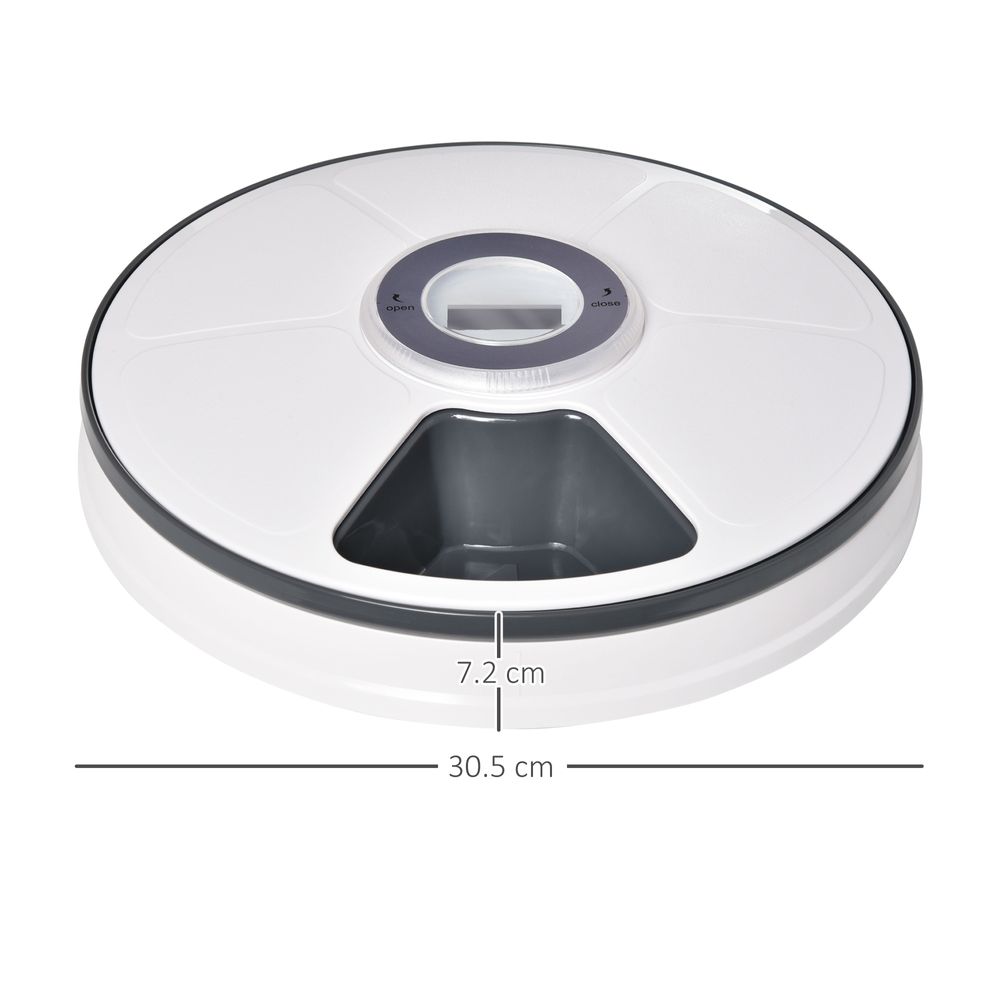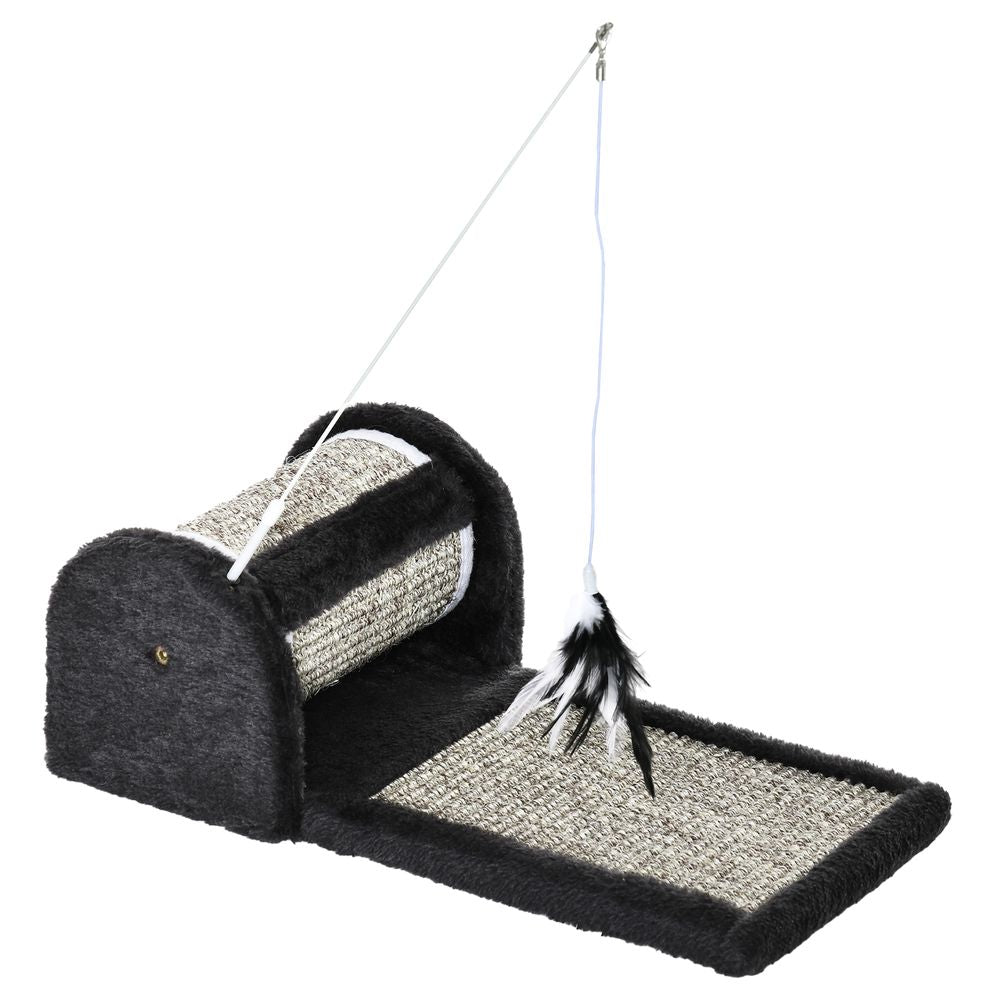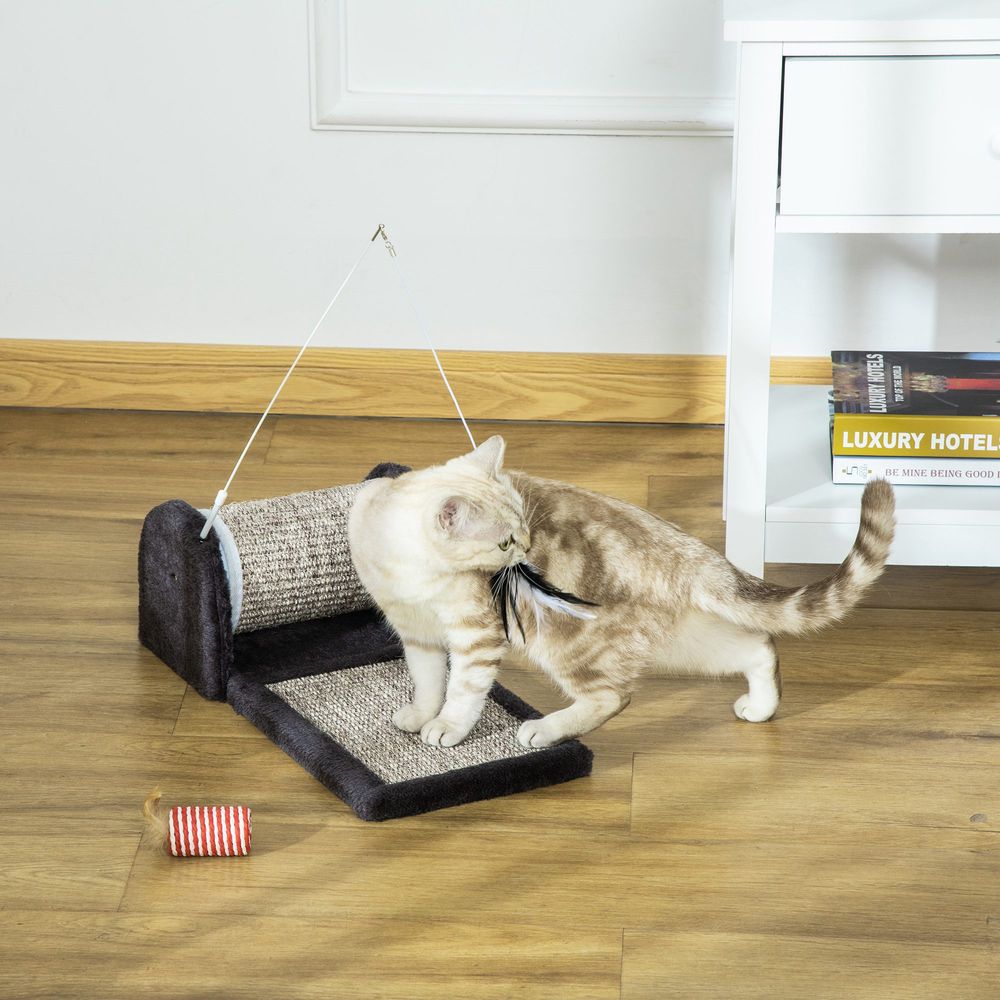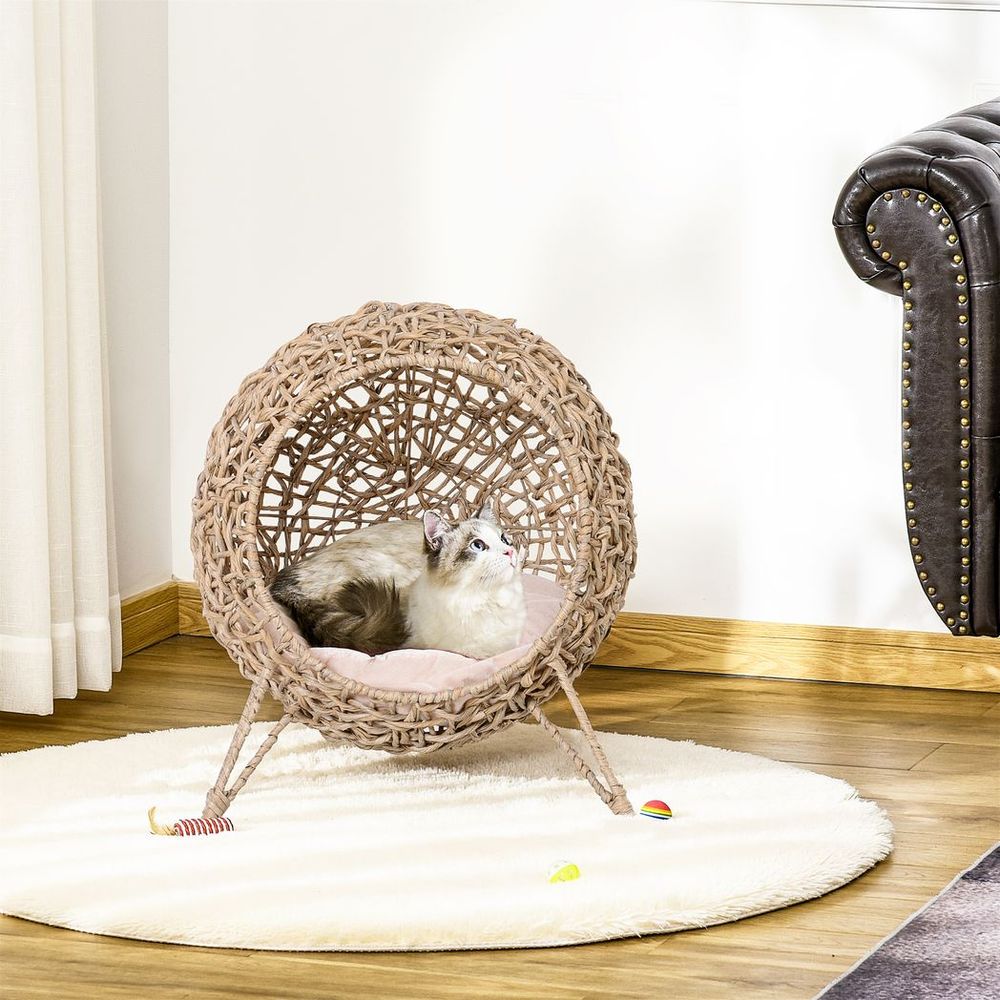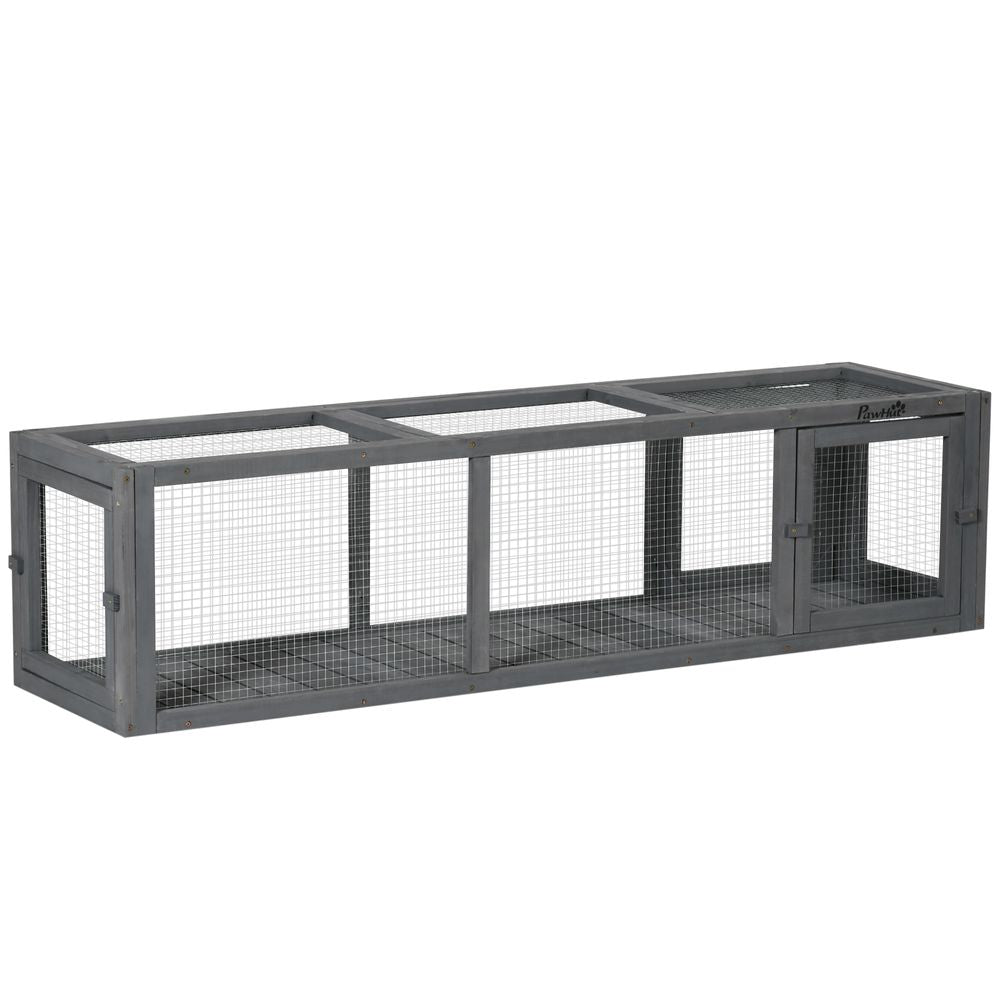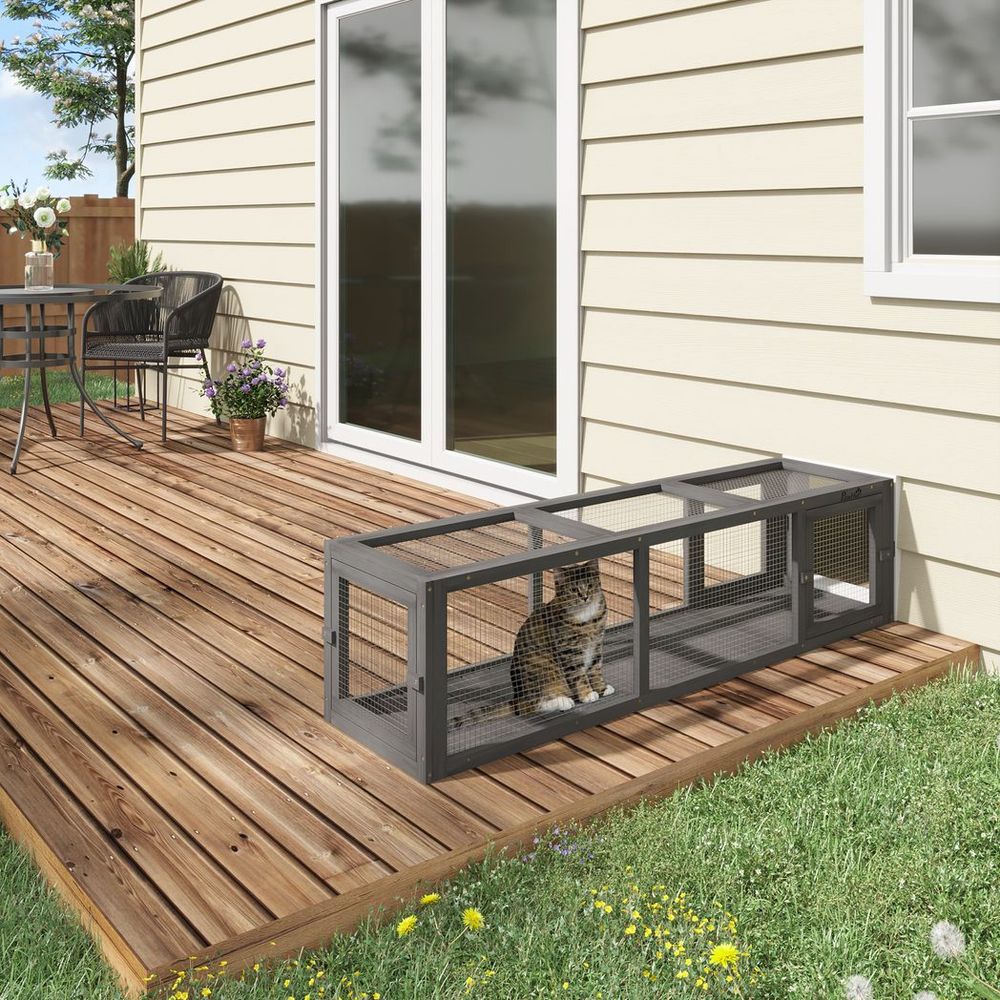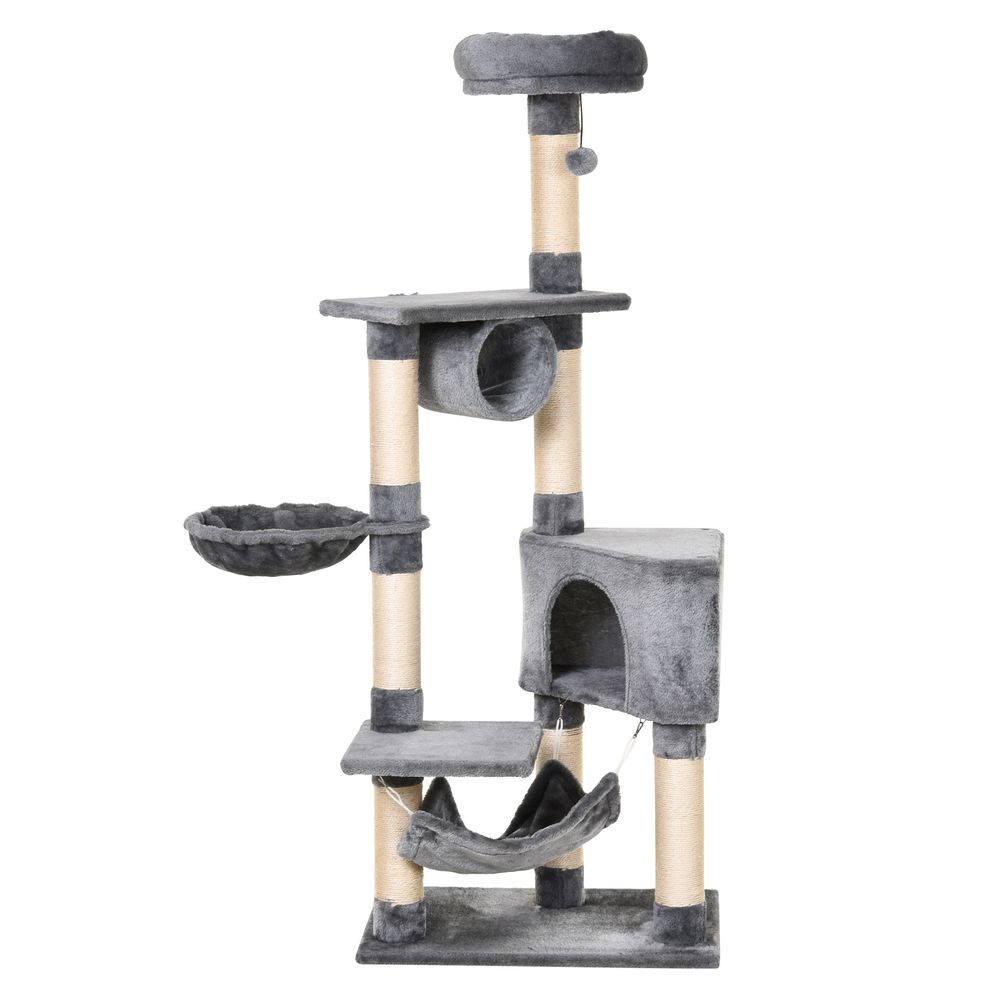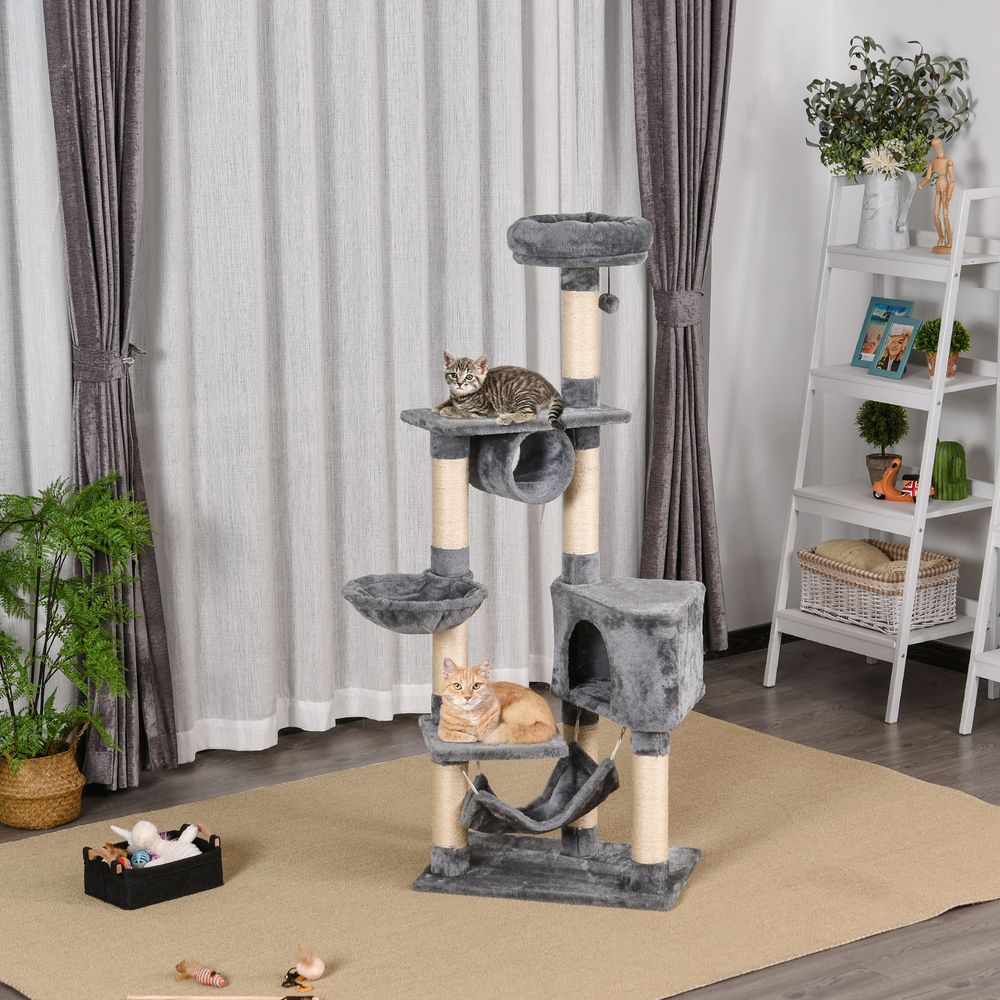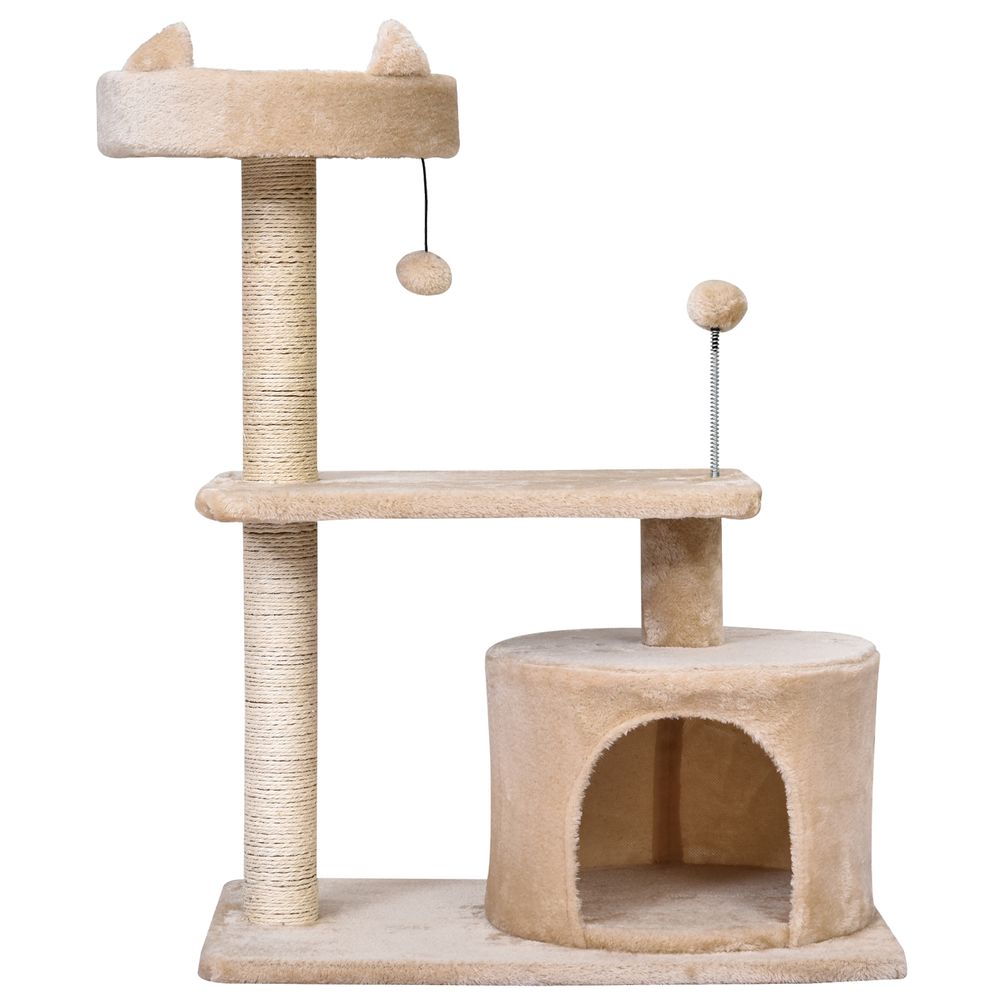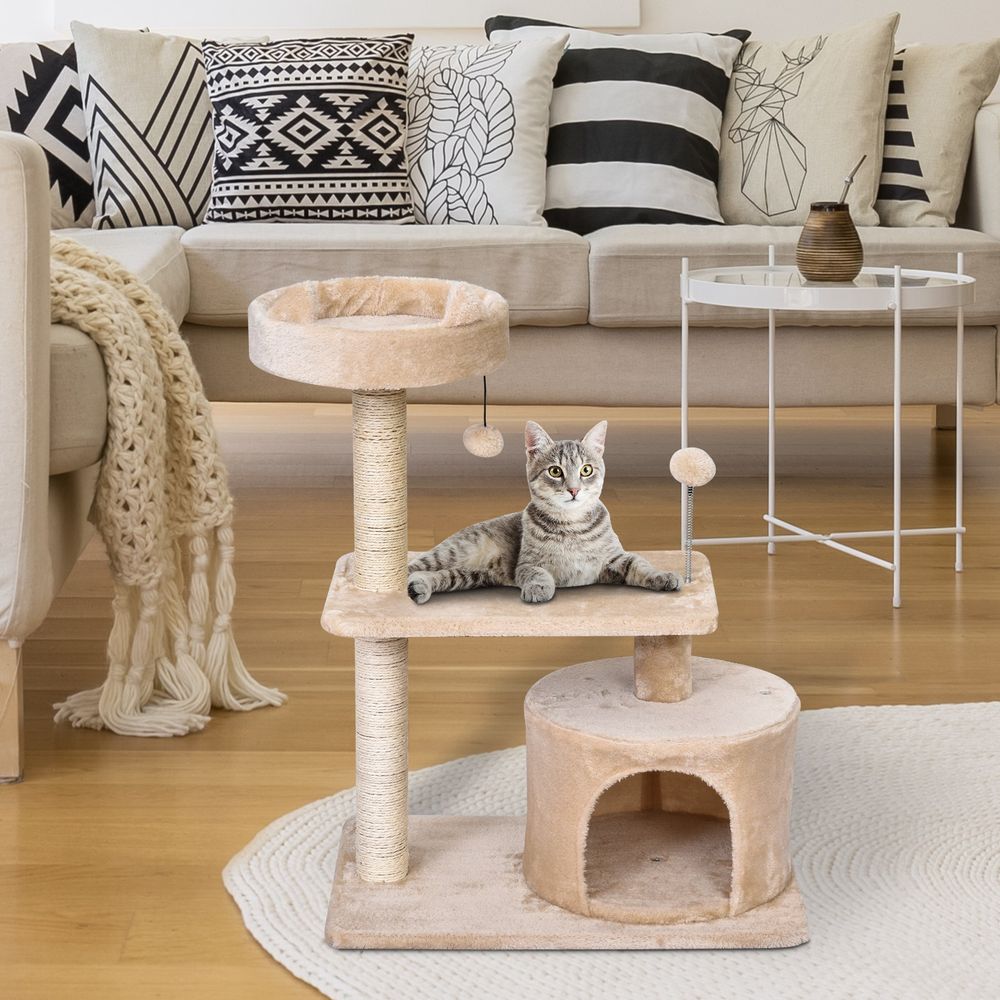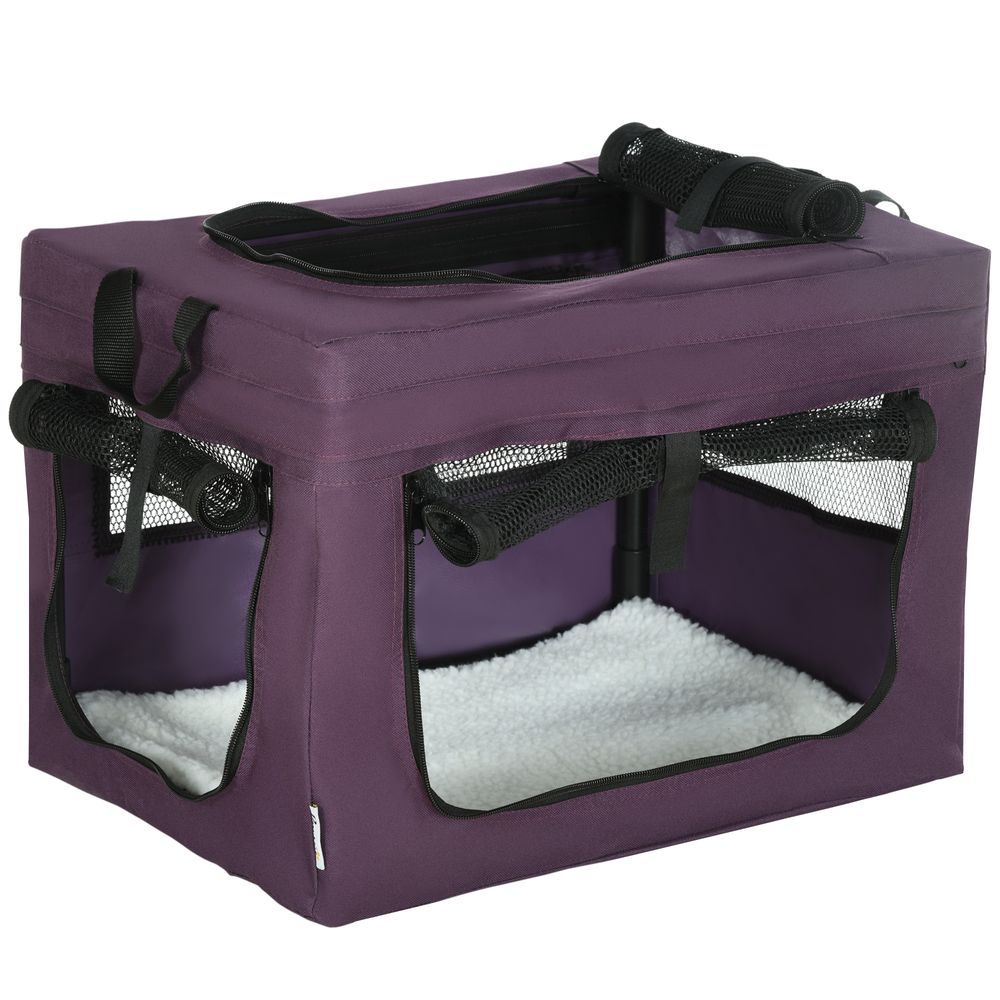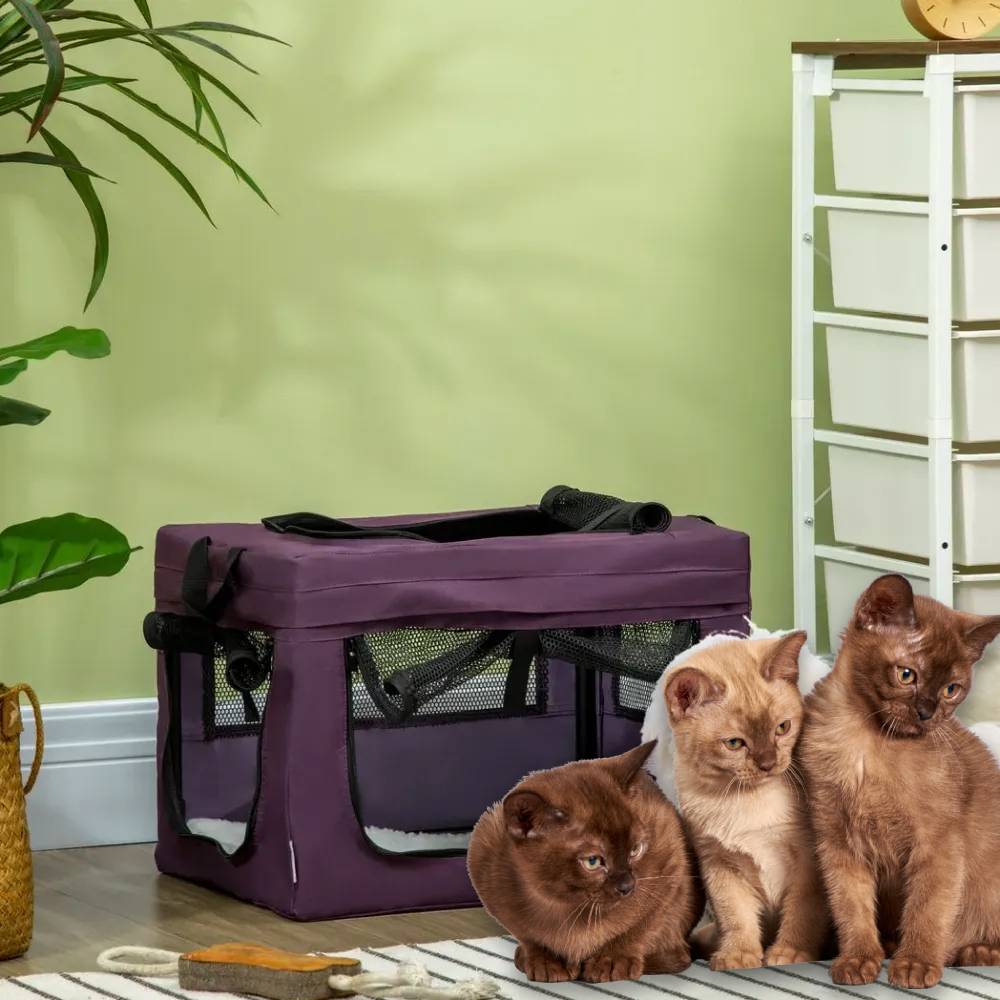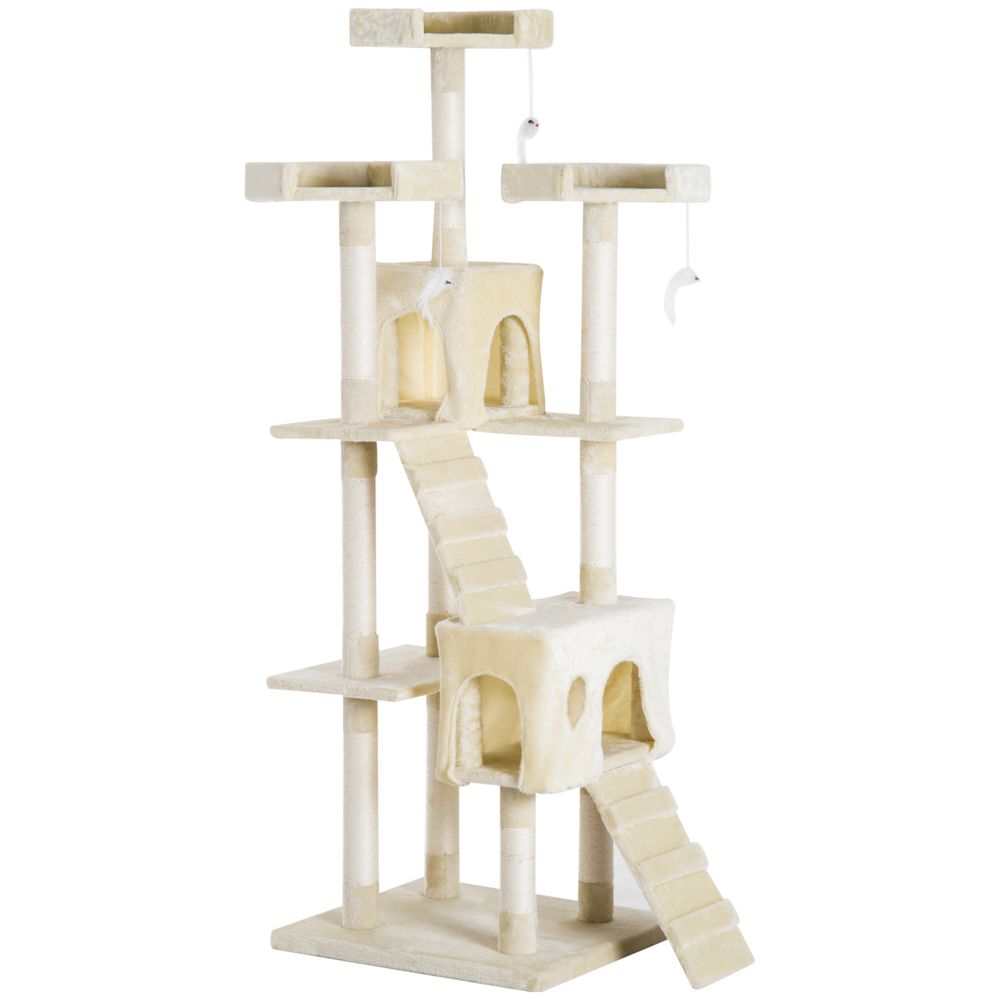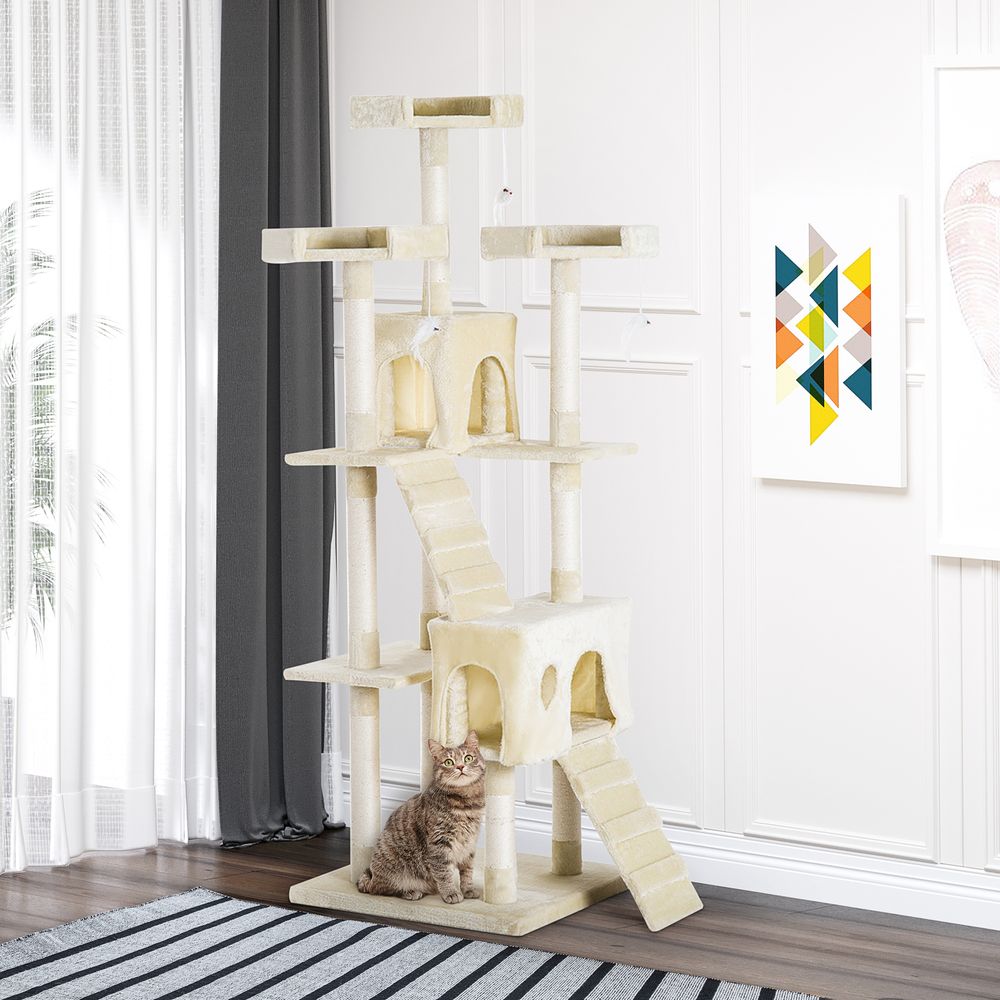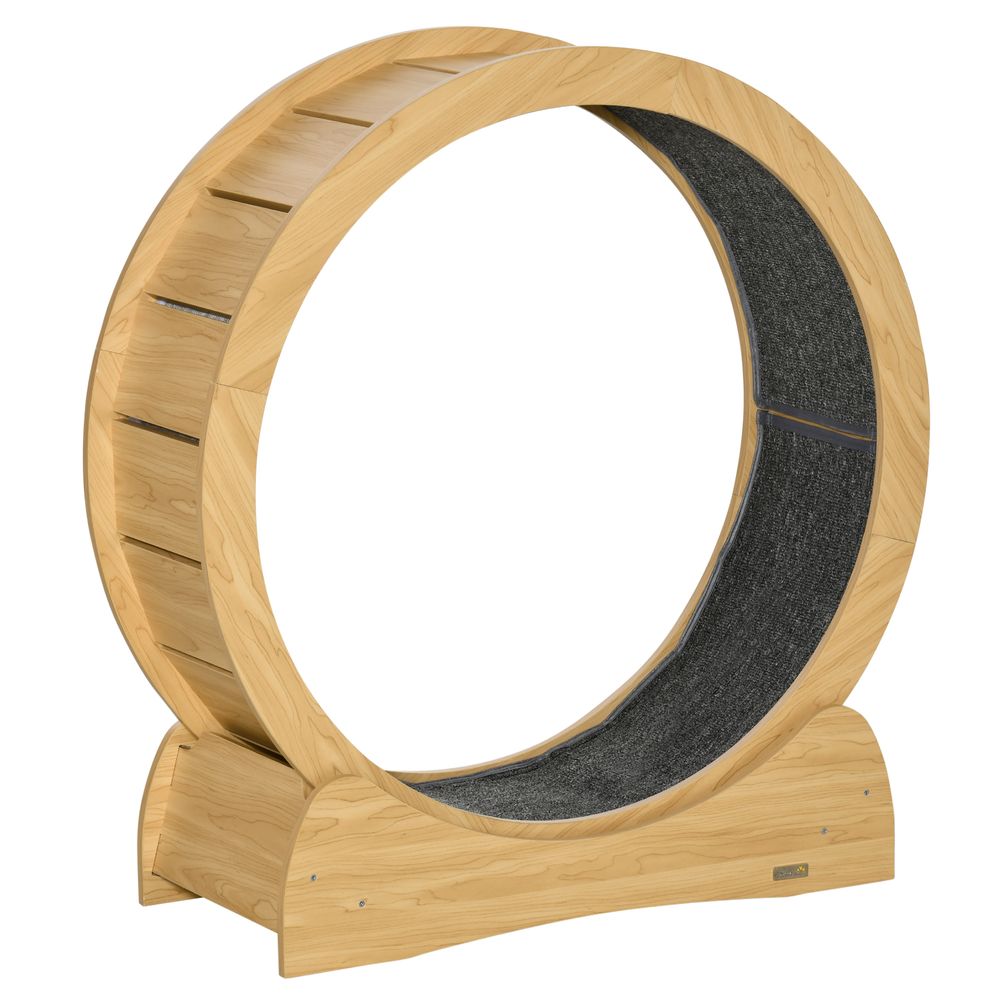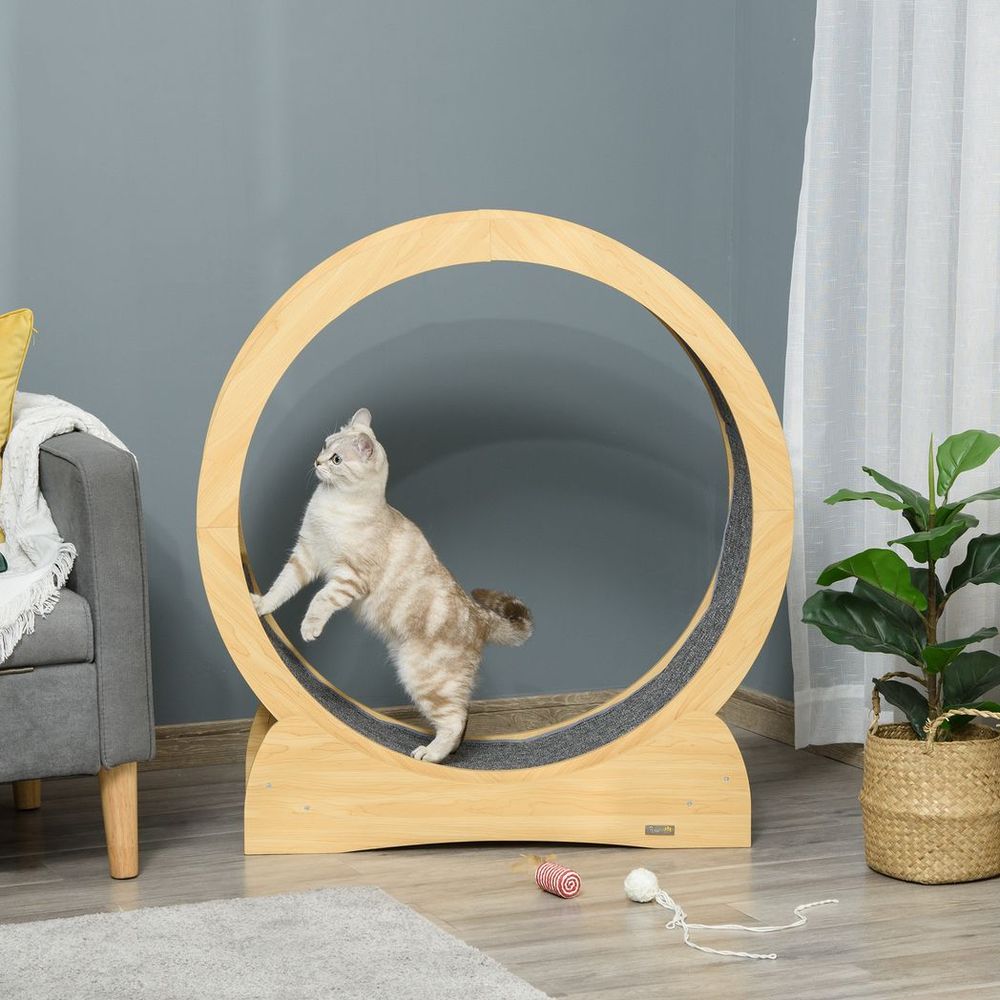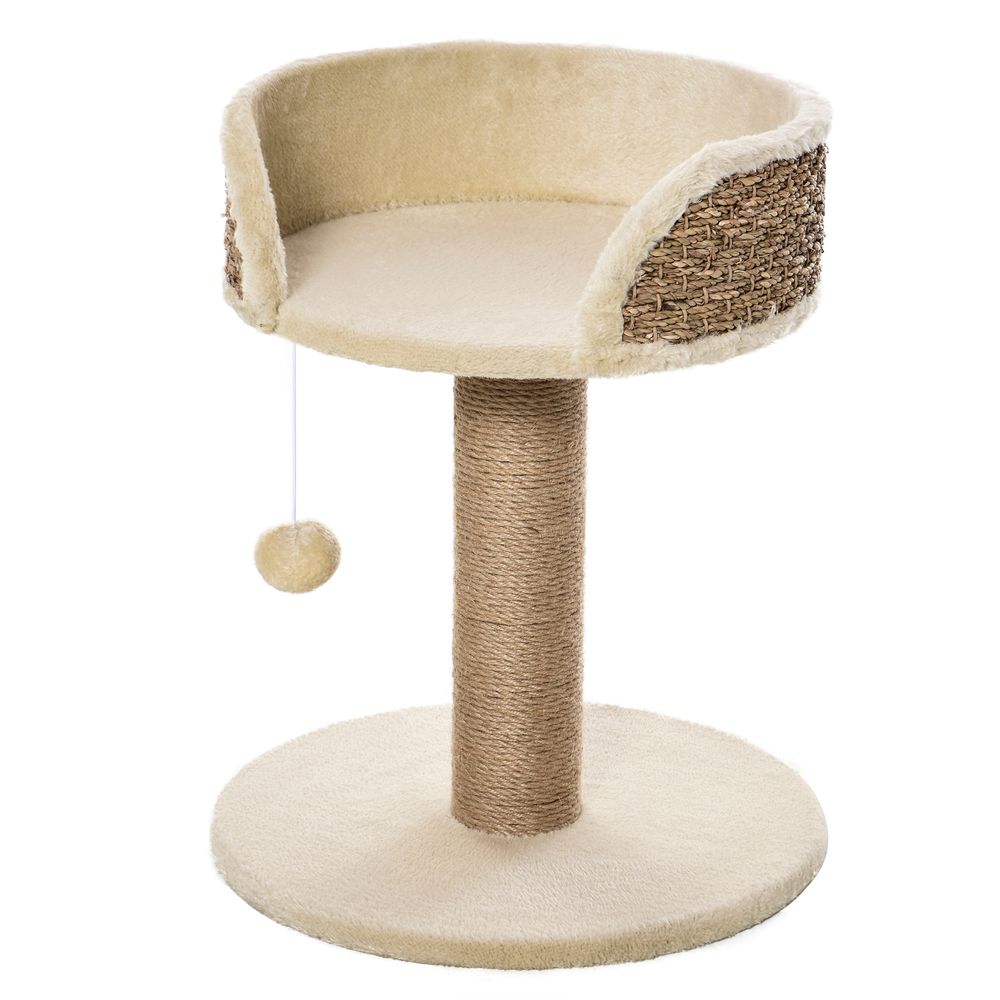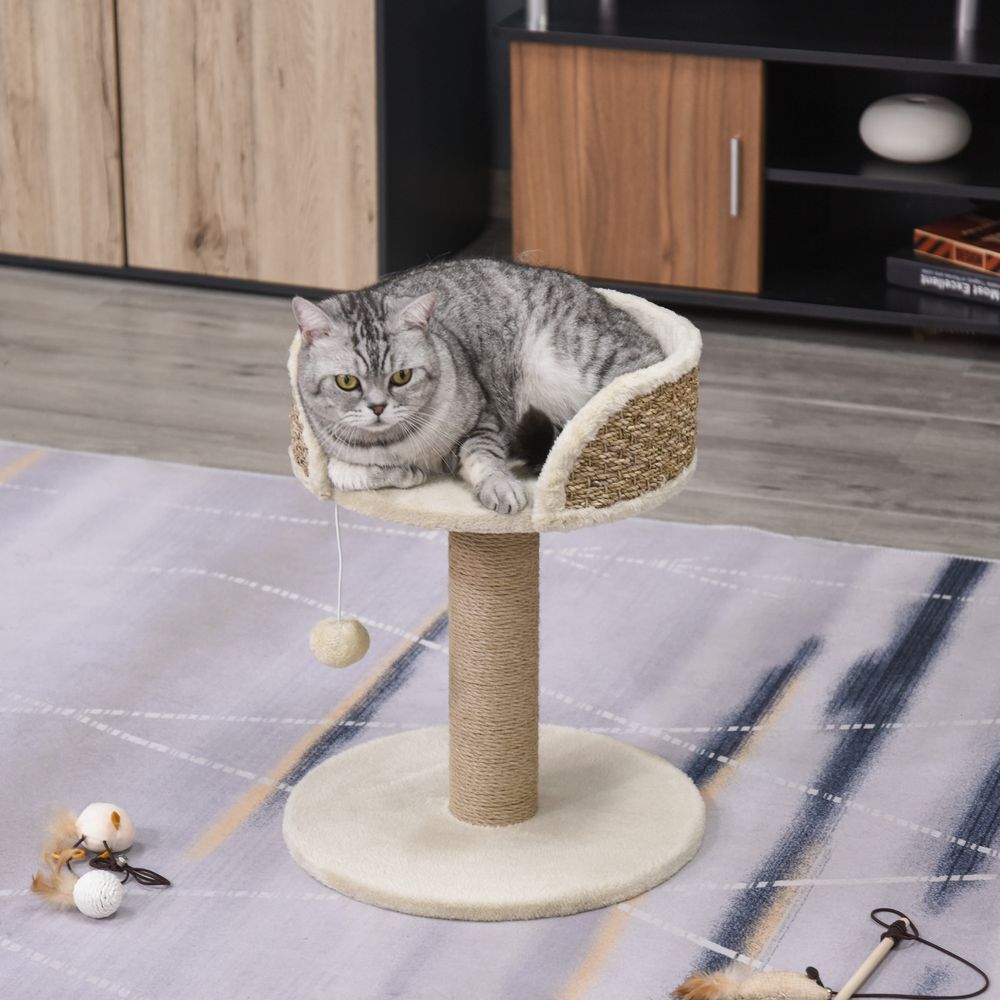Bringing home a new cat is exciting, but what if they disappear the moment you let them out?
Don’t panic! Hiding is completely normal for new cats.
Let’s explore why cats hide, where to find them, and how to help them feel safe and settle into their new home.
Why Do New Cats Hide?
Hiding is a natural instinct for cats, especially in unfamiliar environments. Your cat is processing their new surroundings and ensuring they are safe.
Common Reasons for Hiding:
- Stress & Anxiety: A new home, unfamiliar smells, and different noises can be overwhelming.
- Survival Instinct: Cats naturally seek shelter when they feel unsure or threatened.
- Need for Adjustment: They need time to process their new environment at their own pace.
- Past Experiences: Rescue cats or those from busy shelters may be more hesitant to explore.
Read more about understanding cat behaviour in our blogs.

Where Might Your New Cat Be Hiding?
If you can’t find your cat, don’t worry. They are likely somewhere cosy and enclosed.
Most Common Hiding Spots:
- Under Beds & Sofas: Dark, low spaces offer security.
- Behind Furniture: Cats squeeze into tight spots for safety.
- Inside Cupboards or Drawers: Open spaces can attract curious cats.
- Behind Curtains: A hidden yet elevated spot for watching safely.
- Inside Cardboard Boxes: A favourite spot for anxious cats.
Check out our range of cosy cat beds and hiding spots.
How Long Will My Cat Hide?
Some cats adjust in hours, while others take days or weeks. Patience is key.
Factors that affect hiding time:
- Personality: Confident cats explore faster than shy ones.
- Previous Experiences: Rescue cats may need extra time to trust.
- Environment: A quiet home helps cats feel safe quicker.
Should I Force My Cat Out?
No. Forcing your cat out can increase their fear and delay trust-building. Providing them a safe hiding place like cardboard box with a hole cut out, or a cat house is a great way fro you to know where they are
Instead, try this:
- Let them come out at their own pace.
- Talk softly and sit near them without direct eye contact.
- Offer treats near their hiding spot to build positive associations.
How to Help Your Cat Feel Safe
Creating a secure environment will help your cat build confidence and settle faster.
Top Tips for a Comfortable Space:
- Provide a Safe Room: Use a quiet space with essentials like food, water, and a litter tray.
- Use Familiar Scents: Place blankets or items with their scent nearby.
- Offer Hiding Spots: Soft beds or covered areas help them feel safe.
- Keep Noise Low: Avoid sudden sounds and let them explore gradually.
- Stick to a Routine: Regular feeding times help them feel secure.
Signs Your Cat Is Settling In
Once your cat feels safe, they’ll start showing positive behaviours.
Look for These Signs:
- Exploring More: Venturing out from hiding spots.
- Eating Regularly: A sign they feel less anxious.
- Purring & Slow Blinking: Indicating relaxation and trust.
- Playfulness: Engaging with toys or approaching you.
When Should I Be Concerned?
If your cat is still hiding after a week with no signs of eating, drinking, or using the litter tray, consult a vet.
Potential Concerns:
- Complete refusal to eat or drink.
- Unwillingness to leave their hiding spot, even when alone.
- Excessive hissing, growling, or fear-driven behaviours.
Final Thoughts: Helping Your Cat Feel at Home
Hiding is a normal part of a cat’s adjustment period. Be patient, provide a safe space, and let them come to you when they’re ready.
By understanding your cat’s behaviour, you can build a stronger bond and create a home where they feel truly comfortable.
Inspirational Quote
“Time spent with cats is never wasted.” – Sigmund Freud
As Cat owners, we at Tinytown.shop understand that just like each of us, that every cat is also unique. That's why we are passionate about giving you tips and tricks to help create cozy and playful spaces for your cat






